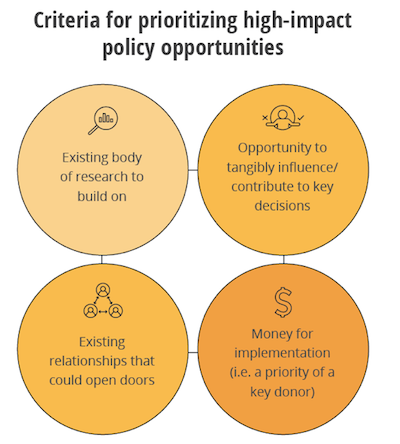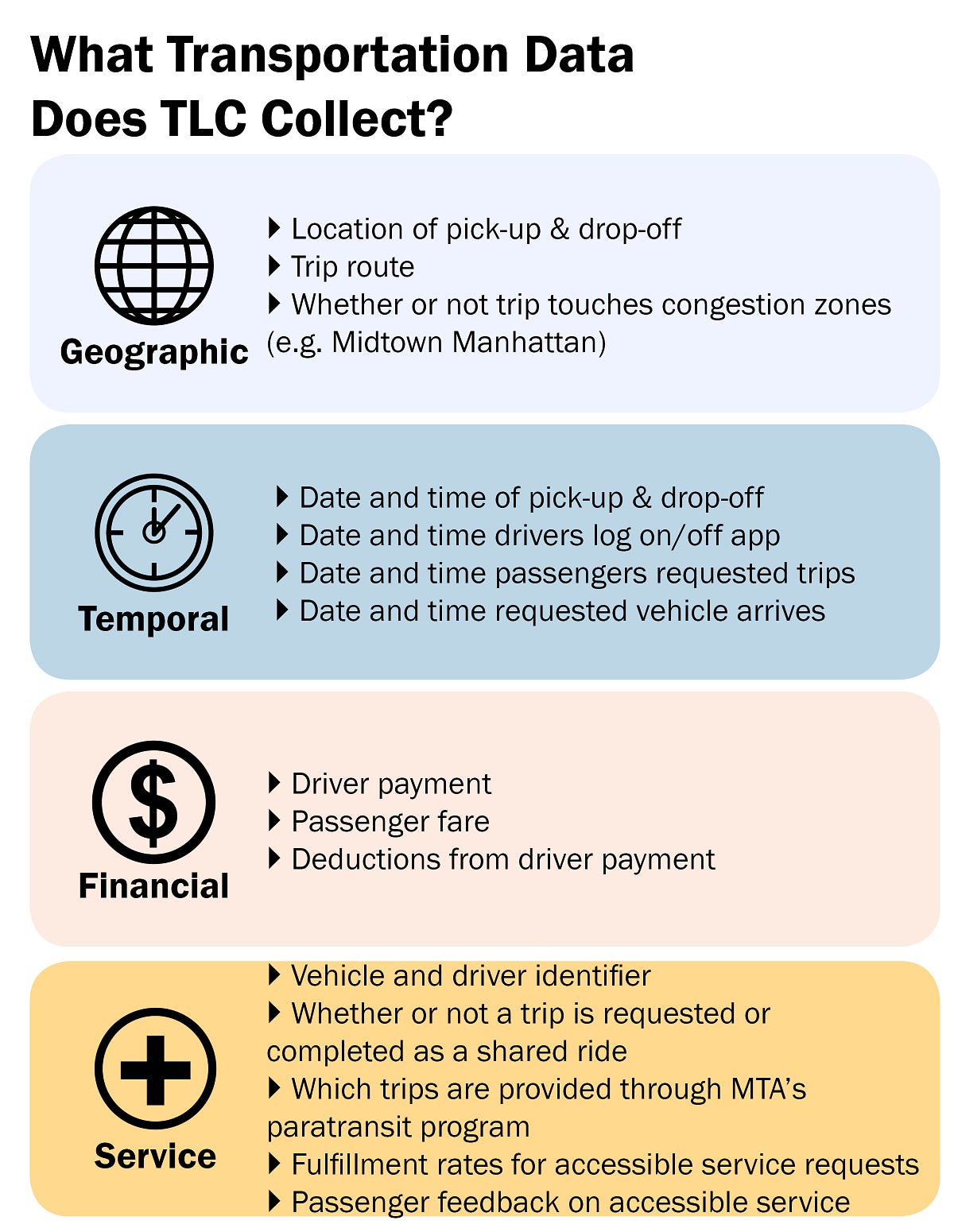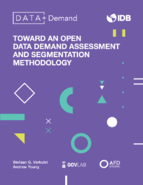Jon Askonas at The New Atlantis: “The rumors spread like wildfire: Muslims were secretly lacing a Sri Lankan village’s food with sterilization drugs. Soon, a video circulated that appeared to show a Muslim shopkeeper admitting to drugging his customers — he had misunderstood the question that was angrily put to him. Then all hell broke loose. Over a several-day span, dozens of mosques and Muslim-owned shops and homes were burned down across multiple towns. In one home, a young journalist was trapped, and perished.
Mob violence is an old phenomenon, but the tools encouraging it, in this case, were not. As the New York Times reported in April, the rumors were spread via Facebook, whose newsfeed algorithm prioritized high-engagement content, especially videos. “Designed to maximize user time on site,” as the Times article describes, the newsfeed algorithm “promotes whatever wins the most attention. Posts that tap into negative, primal emotions like anger or fear, studies have found, produce the highest engagement, and so proliferate.” On Facebook in Sri Lanka, posts with incendiary rumors had among the highest engagement rates, and so were among the most highly promoted content on the platform. Similar cases of mob violence have taken place in India, Myanmar, Mexico, and elsewhere, with misinformation spread mainly through Facebook and the messaging tool WhatsApp.
Follow The New AtlantisThis is in spite of Facebook’s decision in January 2018 to tweak its algorithm, apparently to prevent the kind of manipulation we saw in the 2016 U.S. election, when posts and election ads originating from Russia reportedly showed up in newsfeeds of up to 126 million American Facebook users. The company explained that the changes to its algorithm will mean that newsfeeds will be “showing more posts from friends and family and updates that spark conversation,” and “less public content, including videos and other posts from publishers or businesses.” But these changes, which Facebook had tested out in countries like Sri Lanka in the previous year, may actually have exacerbated the problem — which is that incendiary content, when posted by friends and family, is guaranteed to “spark conversation” and therefore to be prioritized in newsfeeds. This is because “misinformation is almost always more interesting than the truth,” as Mathew Ingram provocatively put it in the Columbia Journalism Review.
How did we get here, from Facebook’s mission to “give people the power to build community and bring the world closer together”? Riot-inducing “fake news” and election meddling are obviously far from what its founders intended for the platform. Likewise, Google’s founders surely did not build their search engine with the intention of its being censored in China to suppress free speech, and yet, after years of refusing this demand from Chinese leadership, Google has recently relented rather than pull their search engine from China entirely. And YouTube’s creators surely did not intend their feature that promotes “trending” content to help clickbait conspiracy-theory videos go viral.
These outcomes — not merely unanticipated by the companies’ founders but outright opposed to their intentions — are not limited to social media. So far, Big Tech companies have presented issues of incitement, algorithmic radicalization, and “fake news” as merely bumps on the road of progress, glitches and bugs to be patched over. In fact, the problem goes deeper, to fundamental questions of human nature. Tools based on the premise that access to information will only enlighten us and social connectivity will only make us more humane have instead fanned conspiracy theories, information bubbles, and social fracture. A tech movement spurred by visions of libertarian empowerment and progressive uplift has instead fanned a global resurgence of populism and authoritarianism.
Despite the storm of criticism, Silicon Valley has still failed to recognize in these abuses a sharp rebuke of its sunny view of human nature. It remains naïvely blind to how its own aspirations for social engineering are on a spectrum with the tools’ “unintended” uses by authoritarian regimes and nefarious actors….(More)”.



